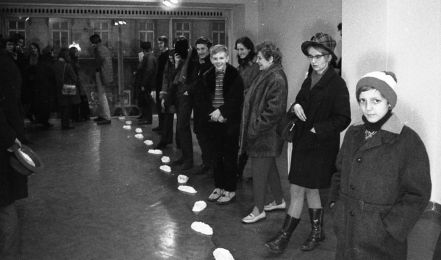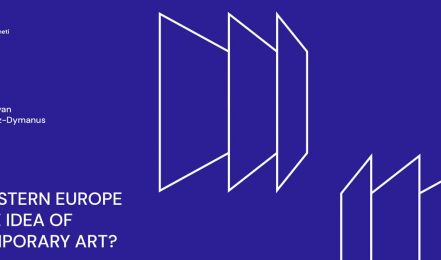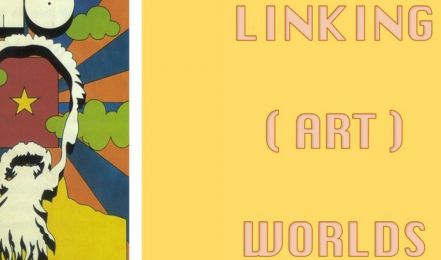‘research’
TÓTalJOY-díj
Call for proposal Endre Tót and the Museum of Fine Arts - Central European Research Institute for Art History (SZM - KEMKI) have launched an open call for project proposals based on artistic research. The founder and the supporter of the prize is Endre Tót, renowned Hungarian artist living in Berlin. It has long been his wish to establish a form of endowment that can support artistic activity in Hungary. The mission of the prize is to enable in each year the …
The Exhibition as Medium in the Bloc
Resonances III. conference The Research Centre of the Academy of Fine Arts in Prague is hosting the third event in the Resonances conference series. KEMKI's research project consists of four conferences and is realized in partnership with the Department of Art History at Comenius University in Bratislava, the Research Institute of the Academy of Fine Arts in Prague and the Piotr Piotrowski Center for Research on …
Hogyan terjedt el a kortárs művészet Kelet-Európában?
… of art in the aftermath of 1989. This event – organized by the Central European Research Institute for Art History (KEMKI) of the Museum of Fine Arts Budapest – is part of these institutions’ ongoing research into the art of the 1980s. The first Soros Art Center in the region was established in Budapest in the mid-1980s, which makes Hungary a great place to begin unraveling the local, regional and global implications of the artistic and ideological transformations in the …
Egy archívum rétegzettsége
… his archive of tens of thousands of negatives to the Museum of Fine Arts – Central European Research Institute for Art History. The carefully prepared, information-rich collection provides an unparalleled opportunity to explore and understand the oeuvre of the first Kossuth Prize-winning photographer and to interpret the attitudes of documentary and reportage photography in Hungary after the Second World War. On 29 September 2022, in Building C of the OMRRK campus, the invited speakers …
Művészeti világok összekapcsolása. Amerikai művészet és Kelet-Európa a hidegháborúban és ma
… Foundation through its Connecting Art Histories initiative, is launching a new series of traveling research seminars to explore relationships between the U.S. and East-Central European art scenes after 1945. Led by Dr. Beáta Hock, “ Linking Art Worlds: American Art and Eastern Europe in the Cold War to the Present ” re-examines national art histories from a transnational and interdisciplinary perspective, also implicating socio-historical and political factors underpinning artistic …




